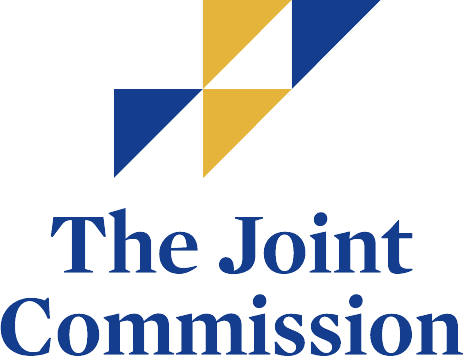About Stimulant Drugs
Stimulant drugs, whether prescribed or illegal, act on the brain to increase alertness and create a sense of heightened energy while simultaneously speeding up blood pressure, heart rate, and breathing.
When prescribed, these drugs effectively treat certain illnesses and conditions, but when misused, stimulants can cause dependence and addiction. And when taken to cancel out the effects of depressant drugs, stimulants can be downright dangerous.
In addition to increased blood pressure, heart rate, and breathing rate, side effects of stimulants include elevated body temperature, dilated pupils, increased appetite, sleeplessness, and blurred vision or dizziness. After long periods of use, skin ulcers, brain damage, and even stroke or heart failure may occur.
Drugs that are considered stimulants include:
- Cocaine
- Methamphetamine
- Ecstasy
- Adderall and Ritalin
WITHDRAWAL SYMPTOMS & STIMULANT DETOX
After cutting down or suddenly stopping the use of stimulants, withdrawal symptoms appear fairly quickly. The severity of the withdrawal symptoms depends on many factors, including the patient’s substance abuse history with the drug and any other coexisting mental or physical health conditions they have.
These symptoms are often the opposite of the drug’s effects and may include:
- Fatigue, lethargy, and lack of energy
- Depression that may be severe and cause suicidal thoughts
- Insomnia and other sleep disturbances
While the physical symptoms are not life-threatening, the psychological symptoms can be difficult to handle alone. Intense depression with suicidal thoughts or behaviors obviously requires medical intervention and care during the withdrawal period.
Furthermore, stimulant withdrawal treatment options may be available, including medications to ease withdrawal symptoms. That’s why stimulant users need the help of a professional drug rehab center like Buena Vista.
Not only can patients get the help, care, and support they need while going through a stimulant detox, but we provide personalized treatment plans. In addition, we assist in transitioning into one of our inpatient or outpatient programs to help patients on the road to recovery.
STIMULANT DRUG DETOX & ADDICTION TREATMENT AT BUENA VISTA
Buena Vista provides a medically monitored detox that helps stimulant users rid their bodies of the drug. While stimulants are eliminated from the body in a relatively short period of time, the psychological and emotional effects last longer. Our board-certified physicians and skilled nurses are experienced in helping patients get through uncomfortable or even severe withdrawal symptoms safely and with the least amount of discomfort.
After conducting physical exams, blood tests, and psychological testing, we develop a course of treatment based on each patient’s needs. We help the individual taper off the drug while handling the withdrawal symptoms. Medical supervision, monitoring, and various medications are available to assist in the detoxification process.
The Buena Vista staff knows drug detox is unpleasant, and we are committed to making our patients as comfortable as possible during the process. Our goal is to get you or your loved one through detox, then take the next steps on the journey to long-term sobriety—steps that include participating in therapy and counseling.
While an important step in recovery, drug detox is only the first step in an effective stimulant addiction treatment plan. Detox alone isn’t enough to provide the tools, support network, and coping mechanisms necessary for long-term sobriety.
After a stimulant detox, we recommend patients transition into one of our inpatient or outpatient programs. We provide effective programs and therapy options because treatment is never one size fits all. At Buena Vista, we tailor a patient’s treatment plan to their individual needs.
Unsure whether or not your insurance covers a stimulant detox? Buena Vista works with most insurance plans, including Aetna, Blue Cross Blue Shield, Cigna, Humana, and Magellan. You can check our Insurance Verification page to see if we’re included in your network, or you can complete the form online or call our admissions line directly.
We’ll discuss your personalized treatment plan options and verify that we’re in-network for your insurer. On the rare chance, we’re not, our clinical outreach director will help you find a placement that is.






